Yasemin Karacora
Robust Communication Design in RIS-Assisted THz Channels
Nov 15, 2024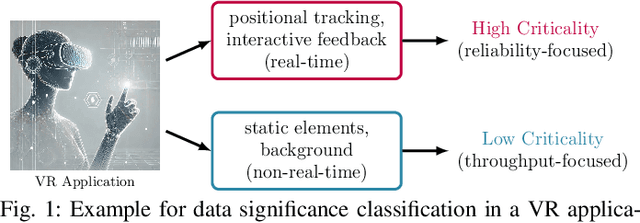
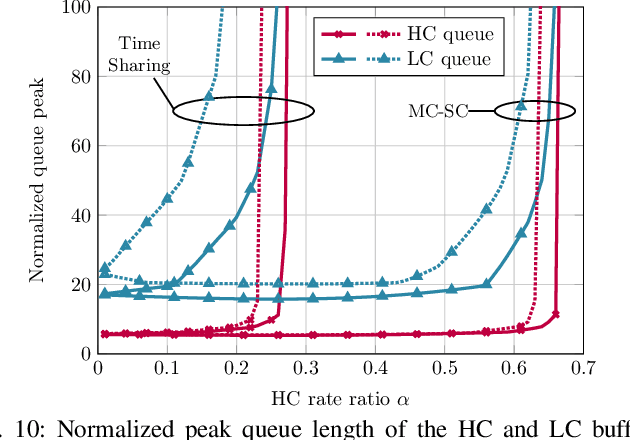

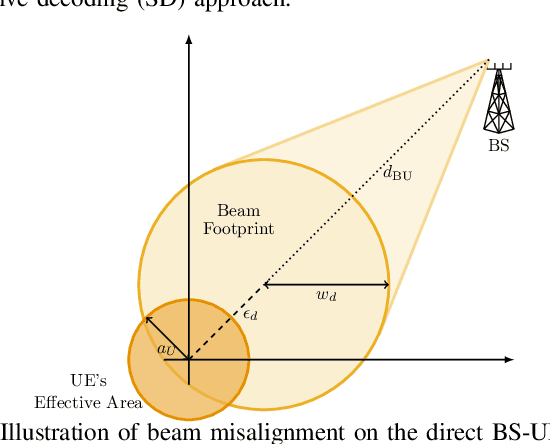
Abstract:Terahertz (THz) communication offers the necessary bandwidth to meet the high data rate demands of next-generation wireless systems. However, it faces significant challenges, including severe path loss, dynamic blockages, and beam misalignment, which jeopardize communication reliability. Given that many 6G use cases require both high data rates and strong reliability, robust transmission schemes that achieve high throughput under these challenging conditions are essential for the effective use of high-frequency bands. In this context, we propose a novel mixed-criticality superposition coding scheme for reconfigurable intelligent surface (RIS)-assisted THz systems. This scheme leverages both the strong but intermittent direct line-of-sight link and the more reliable, yet weaker, RIS path to ensure robust delivery of high-criticality data while maintaining high overall throughput. We model a mixed-criticality queuing system and optimize transmit power to meet reliability and queue stability constraints. Simulation results show that our approach significantly reduces queuing delays for critical data while sustaining high overall throughput, outperforming conventional time-sharing methods. Additionally, we examine the impact of blockage, beam misalignment, and beamwidth adaptation on system performance. These results demonstrate that our scheme effectively balances reliability and throughput under challenging conditions, while also underscoring the need for robust beamforming techniques to mitigate the impact of misalignment in RIS-assisted channels.
Intermittency versus Path Loss in RIS-aided THz Communication: A Data Significance Approach
Jan 24, 2024Abstract:The transition to Terahertz (THz) frequencies, providing an ultra-wide bandwidth, is a key driver for future wireless communication networks. However, the specific properties of the THz channel, such as severe path loss and vulnerability to blockage, pose a significant challenge in balancing data rate and reliability. This work considers reconfigurable intelligent surface (RIS)-aided THz communication, where the effective exploitation of a strong, but intermittent line-of-sight (LOS) path versus a reliable, yet weaker RIS-path is studied. We introduce a mixed-criticality superposition coding scheme that addresses this tradeoff from a data significance perspective. The results show that the proposed scheme enables reliable transmission for a portion of high-criticality data without significantly impacting the overall achievable sum rate and queuing delay. Additionally, we gain insights into how the LOS blockage probability and the channel gain of the RIS-link influence the rate performance of our scheme.
Reliable Beam Tracking with Dynamic Beamwidth Adaptation in Terahertz (THz) Communications
Jan 17, 2022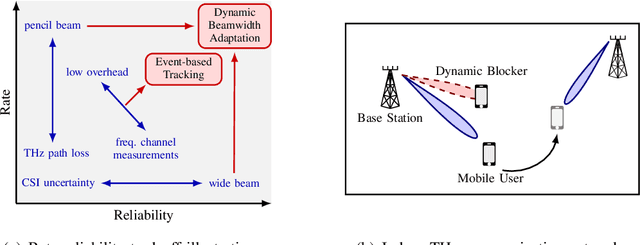
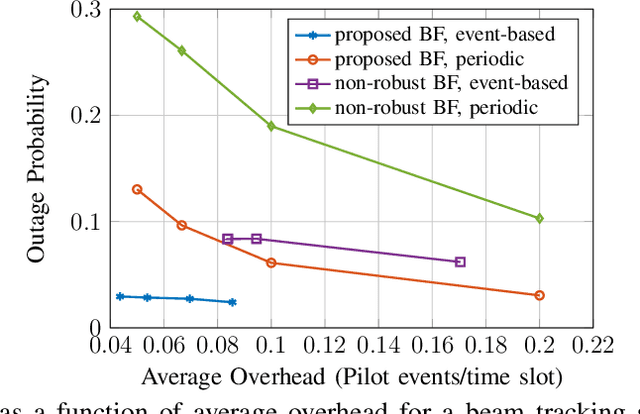
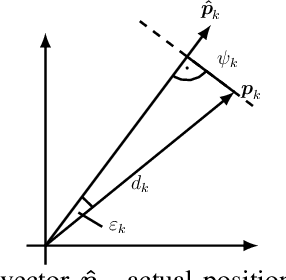
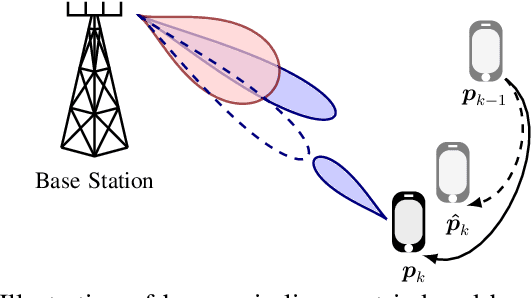
Abstract:THz communication is regarded as one of the potential key enablers for next-generation wireless systems. While THz frequency bands provide abundant bandwidths and extremely high data rates, the operation at THz bands is mandated by short communication ranges and narrow pencil beams, which are highly susceptible to user mobility and beam misalignment as well as channel blockages. This raises the need for novel beam tracking methods that take into account the tradeoff between enhancing the received signal strength by increasing beam directivity, and increasing the coverage probability by widening the beam. To address these challenges, a multi-objective optimization problem is formulated with the goal of jointly maximizing the ergodic rate and minimizing the outage probability subject to transmit power and average overhead constraints. Then, a novel parameterized beamformer with dynamic beamwidth adaptation is proposed. In addition to the precoder, an event-based beam tracking approach is introduced that enables reacting to outages caused by beam misalignment and dynamic blockage while maintaining a low pilot overhead. Simulation results show that our proposed beamforming scheme improves average rate performance and reduces the amount of communication outages caused by beam misalignment. Moreover, the proposed event-triggered channel estimation approach enables low-overhead yet reliable communication.
 Add to Chrome
Add to Chrome Add to Firefox
Add to Firefox Add to Edge
Add to Edge